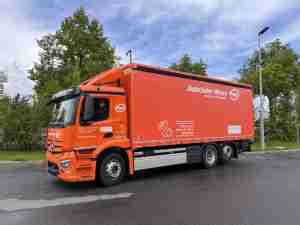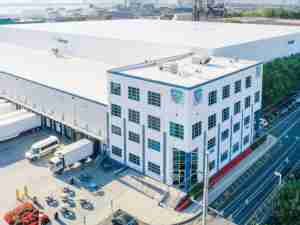Asia-Pacific’s influential impact on supply chains
posted by AJOT | Oct 02 2014 at 03:54 PM | Logistics
Asia-Pacific has shed its label as being known simply as a major export region and now offers a variety of opportunities for shippers and logistics providers alike. Indeed, this evolution has been underway for quite a while and the logistics impact of this region is being felt within individual Asian countries, regionally and around the world.
While China remains the focal point for much of the region’s logistics activities, infrastructure projects – port and airport expansion, road and rail extension and modernized warehousing - are on the rise in such countries as Vietnam, Indonesia, Malaysia and Myanmar. These country-specific projects are creating attractive options for shippers and logistics providers alike. In addition, these projects are also linking to neighboring countries and ultimately to China to create a unique but intricate supply chain that further enhances the region’s supply chain capabilities and thus attractiveness for shippers and logistics providers.
As a result of this expanding regional supply chain model, Asia-Pacific is expected to account for over one-third of global contract logistics activity by 2017.
Even though its intra-regional supply chain model is growing, the region still remains a vital export region and as such trade lane dependence on Europe and the US is loosening as it looks to other regions such as Africa, the Middle East and South America to expand relations. However, Europe and the US remain important trade partners and as such, logistics providers are expanding transportation options to fulfill demand for these lanes by incorporating multi-modal options such as air/sea and truck/rail solutions. These growing modal options will help increase the use of freight forwarding and as such, Asia-Pacific will see its share of the global freight forwarding market grow from 32.3% in 2013 to 35.9% by 2017.
Logistics opportunities are indeed expanding and as the expansion continues so too does this region’s influence on the global supply chain. For example, the highly anticipated ASEAN Economic Community will result in a single economic entity in 2015 also, increasing trade pacts such as the potential Trans-Pacific-Partnership and free trade agreements with individual countries will influence the global and regional trade balance. To understand how is to understand the Asia-Pacific transport and logistics market.









